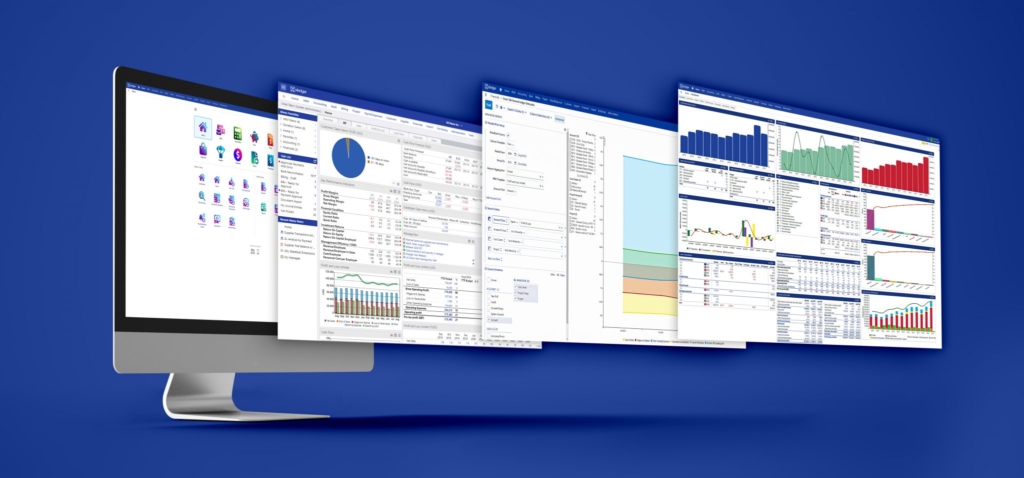Blogs
5 challenges of expansion and how to solve them

Perhaps you have faced this scenario, or perhaps you will at some point. But every organization should consider—at least once—what going global would look like.
International expansion is need-based. The goal is business in another country, not the process of building it.
For this reason, even organizations with years to go should imagine how they would cross borders. Should you choose a division or a subsidiary? How much ownership do you want in a subsidiary? What financial system could support your international ambitions? And where does the country itself fit into the equation?
Meet ADAC Consulting, a fictional consulting firm that performs environmental analysis for oil, gas, and other engineering projects. Formed in 1998, ADAC has grown slowly but steadily. Now, with several of their clients planning new projects in Mexico, they have begun evaluating an additional presence south of the border.
And yes, it’s fictional. A specific company like ADAC will provide you with a clearer example than a generic entry ever could. In fact, give it a CFO: Warren Klimt.
Evaluate the situation?
Klimt and his C-Suite understand that some kind of Mexican presence stands in ADAC’s best interest. However, they may want to suspend the decision for a better juncture. For instance, if President López Obrador has failed to lift his moratorium on domestic oil drilling, ADAC may wait to establish a Mexican operation.
Even after an expansion makes financial sense, organizations should ensure that right now—with a health crisis behind us and a digital revolution underway, with rising cartel violence and rampant uncertainty—poses the best time for a move.
Identify compliance
Before Klimt can proceed to other issues, he needs a comprehensive knowledge of the applicable regulations (rules, frameworks, and restrictions). Whatever presence ADAC establishes south of the border would be fully accountable to these regulations. For instance, Mexico limits foreign ownership to a 10% stake in oil and other hydrocarbon mining. ADAC needs to know if this applies only to oil or also to the environmental survey that precedes its extraction.
Once ADAC has greenlit the expansion, Klimt’s team will need to obtain documentation and Mexican intellectual property. They will be required to file with the Mexican FIR within 40 days.
Determine the type
At this point, Klimt’s team can make a final agreement. Should or should they not have a Mexican operation? If not, they can still proceed at a later stage. If so, then the options and their stakes multiply.
What type of Mexican presence do they want? If they want the simplest division, then they declare a new ADAC unit within Mexico. But a new division or business unit would leave their entire corporation open to liability. A subsidiary obviates this flaw. Organizations in Mexico can only be held liable to the limits of their investment in a subsidiary. Subsidiaries likely help to form a fuller engagement with the news and compliance requirements of a new country.
Set your degree of influence
First, the ADAC leadership must decide how much control they want over their Mexican subsidiary.
Anything from 50 to 99%, and it remains a subsidiary. Anything below 50%, and it becomes an affiliate subsidiary. At 100%, the affiliate becomes a wholly-owned subsidiary.
A wholly-owned subsidiary represents an ideal for any company outfitted with a multi-entity finance solution. With a wholly-owned Mexican entity, the right software can automate data roll-up and transaction processing. The sheer amount of time and labor saved can permanently alter the priorities of the global finance team, effectively elevating their focus.
Second (and simultaneously), ADAC must decide whether to form the subsidiary from the ground up or acquire an existing Mexican consulting firm.
Given Mexico’s unionization and employment statutes, Klimt and his CEO may choose to create a new subsidiary. The new entity can hire its own managers and employees as opposed to accepting (or having to justify firing) existing staff. But an existing corporation might give ADAC credibility and staff already established in a primarily face-to-face and family-oriented culture.
Consolidation
Twenty years ago, growing organizations had to make do with a semi-structured accounting system. Everyone did. Only the largest companies could build new country offices with little risk.
In these post-covid, wildly uncertain times, the minimum has expanded. Whether for a wholly-owned subsidiary or a division, ADAC needs a comprehensive finance solution: one hosted online, capable of heightening efficiency and effectiveness across a multi-entity organization.
ADAC should have manifold ways of seeing every division and subsidiary in their organization. The solution should support multiple currencies, enabling automated exchange rates and automated transactions between subsidiaries. Klimt should furnish Mexican employees with a multi-lingual system and automatic invoice translation.
Why did we walk you through a fictional organization’s adventures in Mexico? Simple: on one hand, we wanted to contextualize expansion, which crosses states with similar challenges to nations. A California company that opens a new subsidiary in Texas will face its own peculiar mixture of friction and resistance.
On the other, these pain points make their mark in business management systems. Organizations who leave Quickbooks explain that the challenges of growth warped their accounting systems, negating the benefits of Quickbooks and framing it as more hindrance than help.

Organizations could access new opportunities for domestic or international expansion with Xledger. Serving 10,000+ customers across 60+ countries with the market’s most efficient finance software, Xledger maximizes agility on every level. When you set up your organization, begin at the enterprise level: define your configuration and watch as all units or entities ‘inherit’ settings from a higher level. You can optimize entities at a lower level without affecting higher levels. Xledger delivers full multi-entity functionality, extending automatic consolidation and automatic transactions across your organization. Our customers can wield full multi-currency and multi-language functionality.

